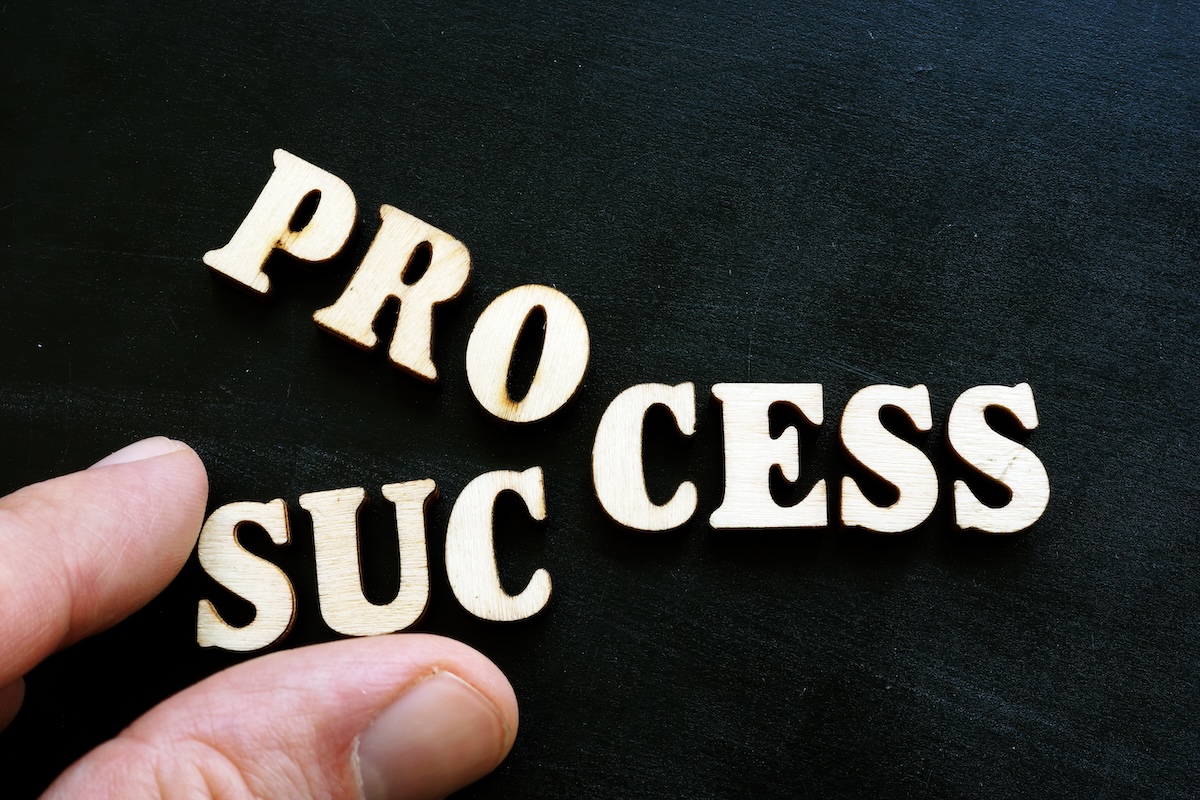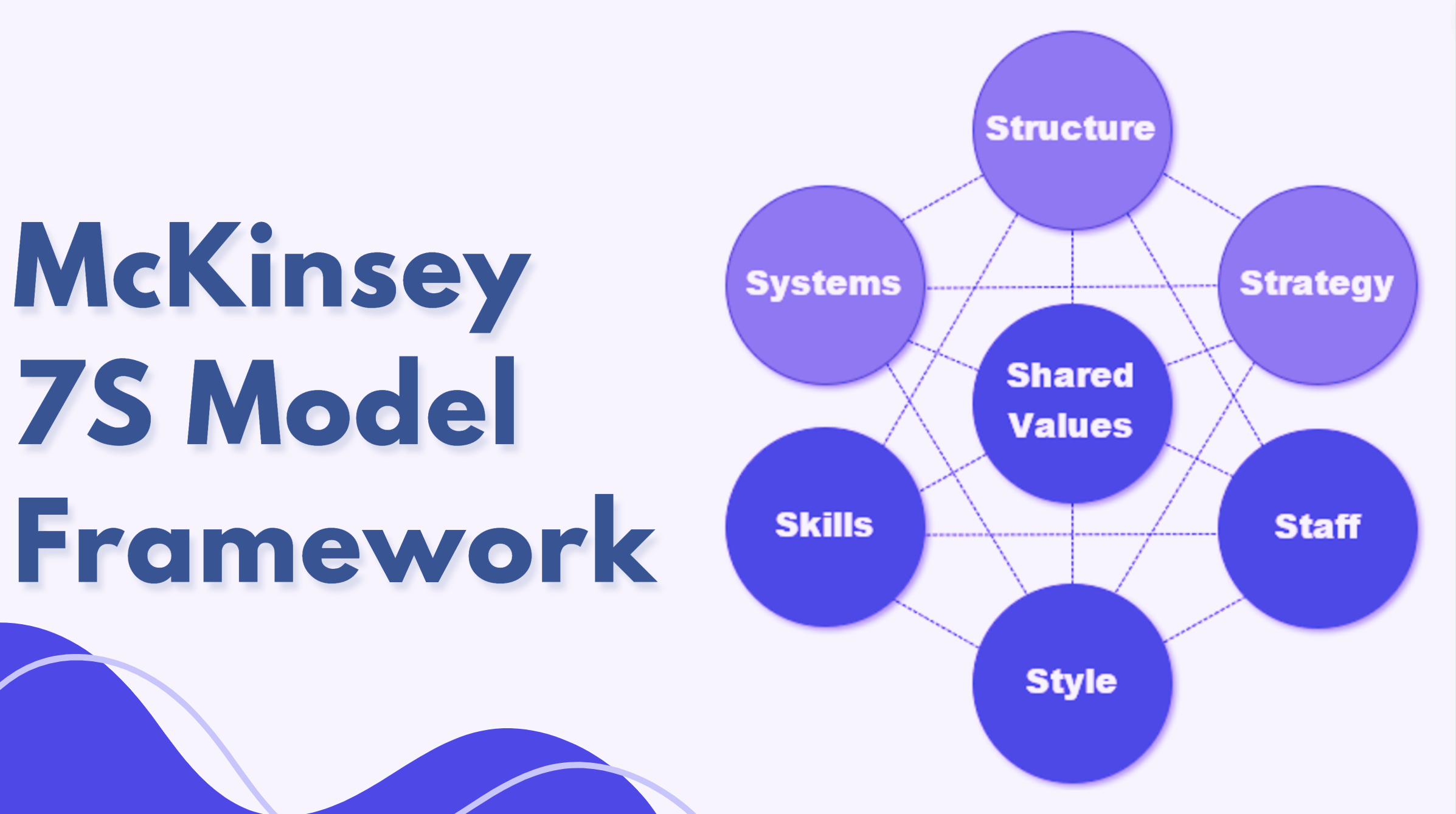Workplace Stuck In The Past? Blast Off With Change Management!
Have you ever felt like your workplace is stuck in a time warp? Processes creak, morale dips, and innovation seems like a distant dream. Change is inevitable, but navigating it successfully? That’s where the magic of organizational change management comes in.
This guide will unveil the 5 secret weapons to conquer any transformation, from tweaking daily tasks to complete business overhauls. So, buckle up and get ready to future-proof your organization, one strategic step at a time!

Story Highlights
|
How to Identify the Right Type of Change for Your Organization
There are three main organisational change types: developmental, transitional and transformational. Developmental change improves existing processes, transitional change replaces old ways of doing things with new ways, and transformational change deals with more radical changes where the future state is unknown at the beginning.
These categories, elucidated by Dr. Linda Ackerman Anderson, provide a foundational understanding of the diverse nature of change initiatives, ranging from incremental improvements to radical transformations prompted by external factors.
The Change Orchestra: How 4 Key Roles Drive Successful Transformations
The four key roles involved in organizational change management are: change management team, organizational leaders, change champions network and employees/participants.
The change management team plans and implements the change, organizational leaders receive coaching and guide their employees, change champions network promotes the change within their departments and employees are the ones who need to adapt to the change.
Each role is essential for driving and facilitating change, underscoring the importance of cohesive collaboration and effective communication throughout the change journey.
No Phase Left Behind: Why All 3 Stages Are Crucial for Successful Change
The change process is divided into three phases: preparing for change, implementing the change and reinforcing the change. Preparing for change involves planning, assessing stakeholders and identifying leadership. Implementing the change is where the communication and problem-solving happen. Reinforcing the change ensures that the new behaviors are adopted and integrated into the culture.
These phases serve as a roadmap for orchestrating change initiatives, guiding stakeholders through planning, execution, and consolidation stages.
The Resistance Whisperer: Secrets to Managing Change Without Force
There are six approaches to manage resistance to change: education and communication, participation and involvement, facilitation and support, negotiation, co-optation and manipulation, and explicit and implicit coercion. The most ideal approaches focus on education, participation and support. Coercion should only be used as a last resort.
Do you have any questions or feedback about the types of organisational change? We’d love to hear from you. Reach out here.
Understanding the Basics of Change Management Best Practices – All You Need to Know
When discussing change management process steps and different types of change management, there is a certain framework that helps guide change projects.
This framework helps break down the concept of transformation and organizational change management strategies into various areas that include:
- Types of organizational change
- Roles in organizational change
- Change management process steps
- Types of approaches to change resistance
- Types of change management methodologies
Each of these areas involved in change management best practices help organizations understand the different facets of change, how to mitigate resistance, and the change methodology options they have for guiding a successful change project.

Change Management Process Steps
In this OCM Solution insight article, we’ll give you an overview of the five most popular organizational change management strategies used to guide change projects. We’ll also go through the types of change, roles, process steps, and approaches to managing resistance involved in the world of change management.
Once you read this guide to change management best practices and frameworks, you should have a good idea of what types of processes and approaches that go into organizational change and change management.
See Also: The Best Practices for Changing Organizational Culture in Healthcare
What Are the Three Types of Organizational Change?
Organizations go through change for a number of reasons. Some of it is planned and designed to improve processes or workflows. Other change may be out of necessity to adjust to outside circumstances, like a change in consumer behavior.
We’ll start our description of change management best practices by first looking at the three types of organizational change. Dr. Linda Ackerman Anderson defined these in the publication, Development, transition or transformation: the question of change in organizations.
When working on a change management project, it’s helpful to know the standard types of organizational change, and which one applies to a specific project, so you can better approach the change project planning.
3 Types of Organizational Change
- Developmental Change: This type of organizational change improves upon something that is already being done, rather than creating something new. It can involve improving office communications or changes to improve sales and lead generation.
- Transitional Change: This is a change that is replacing the “old way” something is done with a completely “new way” of doing things. It involves already knowing the desired future state and the need to change people and culture to adopt the new processes/procedures.
- Transformational Change: This type of organizational change differs from transitional in that it’s much more challenging because the future state is unknown when the change project is begun. An example of this type of a more radical change would be to adjust to a global pandemic or large economic downturn.
What Are the Four Roles in Organizational Change?
Organizational change management strategies revolve around four key roles in organizational change. Each role plays an important part in change projects, and each can either hinder or help a change project.
All types of organizational change and all types of change management models recognize these four key roles that play a part in the change process.
- Change Management Team: The change management team is made up of the change manager and others, such as the change project manager. This is the team that lays out the organizational change management strategies and implements the change game plan.
- Organizational Leaders: Executives, managers, supervisors and other leaders play an important part in the change management process. They receive leadership coaching from the change team that guides them in coaching the employees they lead through the change. Employees often respond best when mentored through a change by their direct supervisor.
- Change Champions Network: One part of the change management process steps is to set up a Change Champions Network. These are employees that support the change and are well respected by their colleagues and can help drive the change within their individual departments.
- Employees/Participants: For an organization to change, the employees and other participants in the change process must change. The main tactics summed up in the different types of change management models are all about getting the employees in an organization past any resistance and supporting the change project.
Don’t Miss: Kurt Lewin Change Model | Pros & Cons
Would you like to receive content related to organizational change types? Sign up for our monthly newsletter filled with OCM tips and knowledge.
What Are the 3 Major Change Process Phases in an Organization?
All types of organizational change will go through three process phases designed to guide the project and give it a framework.
The many activities that the change management team does (impact assessment, training plan, resistance management, etc.) will fall into one of these process phases.
You’ll find these process phases called by slightly different names, depending upon the change resource you’re using and whether you’re searching on the UK search term for 3 major change processes in an organisation or the US search term for the change management process steps in a company.
Typical UK Search Term: What Are the 3 Major Change Process in Organisation?
Typical US Search Term: What Are the 3 Major Change Processes in Organizations?
The three main change management process steps are as follows.
- Preparing for Change: This involves planning the change project, assessing the stakeholders impacted by the change and level of impact, and identifying organizational leadership and change champions.
- Implementing the Change: This is the “doing” part of the change management project where you’re communicating with all involved, going through the organizational change management strategies you’ve laid out, and problem-solving along the way.
- Reinforcing the Change: It’s important to continue change management support past the go-live date for your organizational change. This ensures that employee behaviors won’t go back to old methods and that the change has been fully integrated into the corporate culture.
What Are the Six Types of Change? | Resistance Approaches
All types of organizational change – developmental, transitional, and transformational – will encounter resistance. Resistance is a natural reaction when people are being asked to change habits and behaviors that they’ve become accustomed to.
When you’re reviewing the different types of change management, you’ll find that they all mention the need to manage resistance to change, so a project doesn’t fail to achieve the desired results.
These six types of change resistance management were developed in 1979 by John Kotter and Leonard Schlesinger, two leaders in change management, as a way to help change managers and leadership resolve resistance to change.
1. Educational and Communication
Sometimes employees resist change because they don’t understand the “why” of the change or how it will benefit them. Providing education and continuous communications about a change are change management best practices for mitigating resistance proactively and reactively.
2. Participation and Involvement
When employees are invited to participate in change exercises, as change champions, and in group meetings, they’re less likely to be resistant and more likely to support a change.
3. Facilitation and Support
Managers and supervisors facilitating the change process with their direct reports can often provide the type of support employees need to move past resistance and into a desire to change state.
Contact us if you have any questions or feedback about this guide on what are the types of organizational change.
4. Negotiation
Certain stakeholders have more capability than others to derail a change project. In this case, managers may wish to negotiate and offer an incentive for a stakeholder to support the change and get on board with the project.
5. Co-Optation and Manipulation
When other methods fail to resolve a stakeholder’s resistance, the person can be invited to join a decision-making team related to the change in a symbolic way to help them feel as if they have more power when it comes to the change. But this method can easily backfire if the person feels manipulated and patronized.
6. Explicit and Implicit Coercion
This method is one of last resort and not ideal. When someone is holding up a change project that needs to happen, an executive may force an employee to comply by threatening to fire or holding up future promotions.
Related: Best Ways for Leading a Team Through Change in the Workplace
What Are the 5 Most Popular Types of Change Management?
Change management best practices include studying different change models and either choosing one upon which to base your change plan or using elements from several to inform organizational change management strategies.
As you review each of these five types of organizational change management, you’ll find commonalities and also differences. Some focus more on the process people have to be guided through during a change project, while others focus on keeping the enthusiasm for the project going.
1. The Prosci ADKAR® Model
ADKAR is an acronym that describes five stages an employee has to go through for a successful change project implementation. These include awareness, desire, knowledge, ability, and reinforcement.
The ADKAR model by Prosci is focused on driving change from the bottom up and includes multiple tactics for managing resistance and creating a detailed change management plan.
2. Kurt Lewin Change Model
The Lewin Model for change management is also focused on those who are being impacted by the change. It uses what’s called the Lewin Force Field Analysis, which describes the driving forces and restraining forces for change.
Lewin’s model describes the three change management process steps as: Unfreeze, Change, Freeze.
3. McKinsey 7-S Model
The McKinsey 7-S Model for organizational change is more of a way to understand all the important parts of an organization and how they connect so you can keep each of them in balance with each other.

This model can be used anytime to ensure an organization is healthy, and all parts (staff, skills, systems, shared values, etc.) are aligned with each other.
4. William Bridges’ Transition Model
This is one of the models that is most in tune with the emotions of the employees, and other stakeholders feel during a change project.
The Bridges’ Transition model describes the types of change management process phases as: Endings, Neutral Zone, New Beginnings. It describes the types of feelings employees may feel during each of those phases, and what needs to be addressed to remove resistance and provide needed support.
5. John Kotter 8-Step Change Model
The Kotter 8-Step Model is one that’s focused more on process than the emotions that stakeholders go through during change. It lays out an eight-step process that is focused on building a coalition to help drive the change.
Two key components of this model are creating a sense of urgency within an organization about a change and maintaining momentum and acceleration during the change project.
Popular Article: Best Employee Training Tools
Conclusion: Types of Organizational Change & Change Management
While there are several types of change management models to choose from, most will have similar best practices and focus on the same core elements of change. These include understanding the types of resistance that can come up during a change and creating a coalition of leaders and change agents to help address and move past it.
From the types of organizational change that companies can go through to the change management process steps that create a framework for a change management plan, each of these areas helps to inform an organization how to transition through a change successfully.
It’s important to understand each of these areas of change management best practices. They’ll help a change manager be fully prepared to identify the type of change in an organization, the key roles involved, the process steps to take, types of resistance approaches to use, and types of change management methodologies that can help.
The ultimate goal of using all of this knowledge is to learn how to address the different types of organizational change successfully with a well planned and implemented change strategy.
Note: Content on OCM Solution's ocmsolution.com website is protected by copyright. Should you have any questions or comments regarding this OCM Solution page, please reach out to Ogbe Airiodion (Change Management Lead) or the OCM Solutions Team today. OCM Solution was previously known as Airiodion Global Services (AGS).
Images: stock.adobe.com





